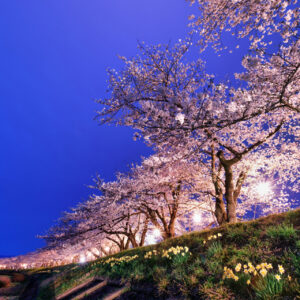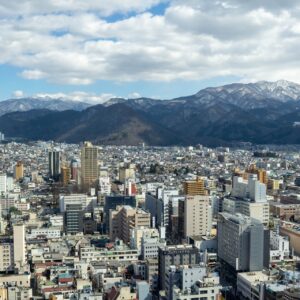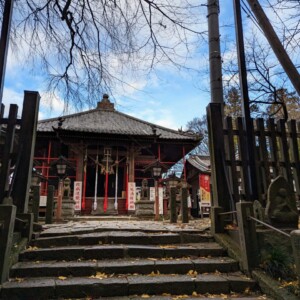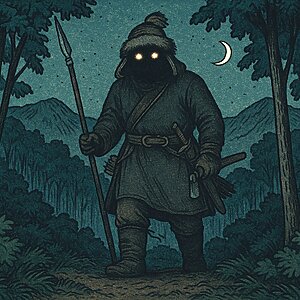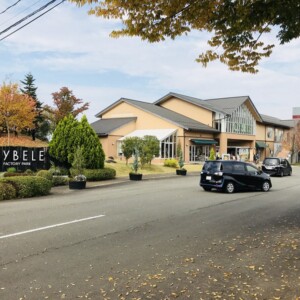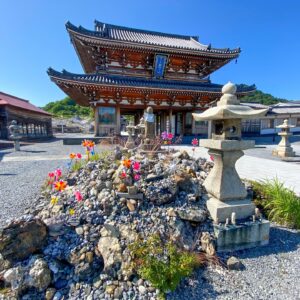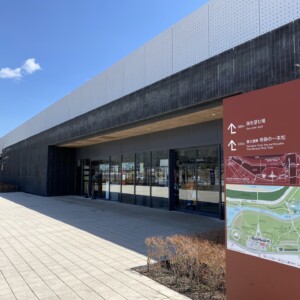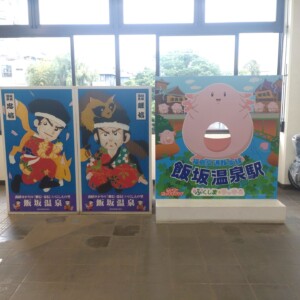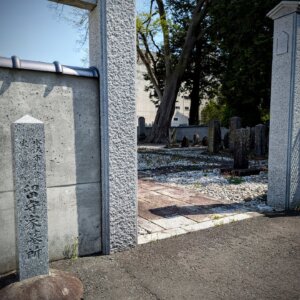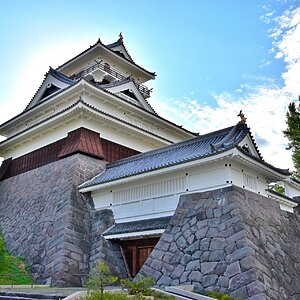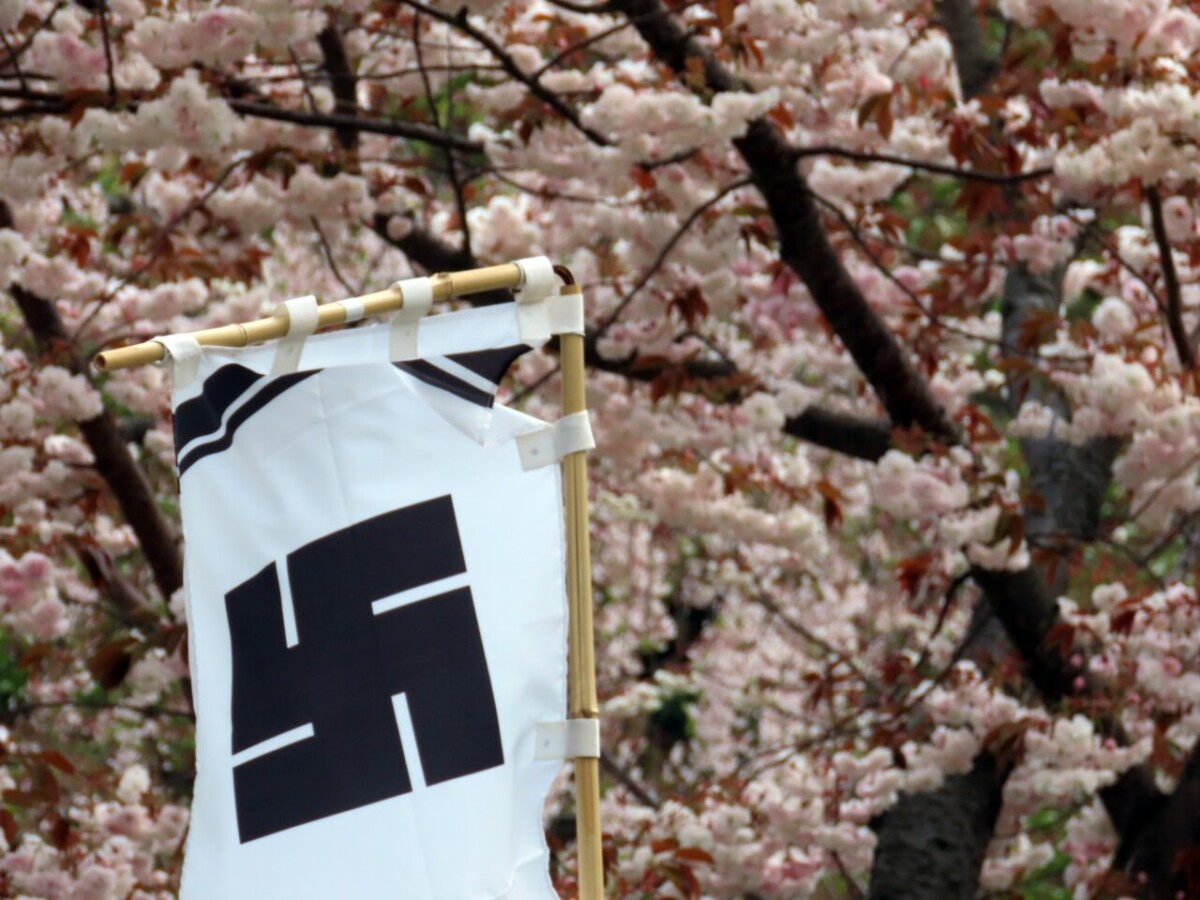
[Aomori Prefecture during the Boshin War] What were the decisions of the Hirosaki, Kuroishi, Hachinohe, and Shichinohe domains?
table of contents
- 1 Hirosaki Domain: Avoiding Active Warfare and Protecting Its Territory
- 2 Kuroishi Domain, one with Hirosaki Domain
- 3 The Hachinohe Domain, a Nanbu family but estranged from the main family
- 4 Shichinohe Domain (Morioka Shinden Domain), a branch domain of Morioka Domain
- 5 summary
- 6 “Boshin War and Ou-etsu Domain Alliance” Articles from other prefectures
During the Boshin War, no major battles occurred in Aomori Prefecture and the area remained peaceful
The Shichinohe Domain (Morioka Shinden Domain), a branch domain of the Morioka Domain located in the eastern part of the prefecture, acted together with the Morioka Domain, but the Hachinohe Domain took a neutral stance
In the western part of Tsugaru, the Hirosaki Domain and its branch domain, the Kuroishi Domain, acted together, and while appearing to be in favor of the Imperial Army, they also maintained a fairly neutral stance
Hirosaki Domain: Avoiding Active Warfare and Protecting Its Territory
The first feudal lord, Tsugaru Tamenobu, and the 12th feudal lord, Tsugaru Tsuguakira, are said to have worked hard to strengthen the domain's Western-style military equipment, but they are also said to have shown talent in waka poetry
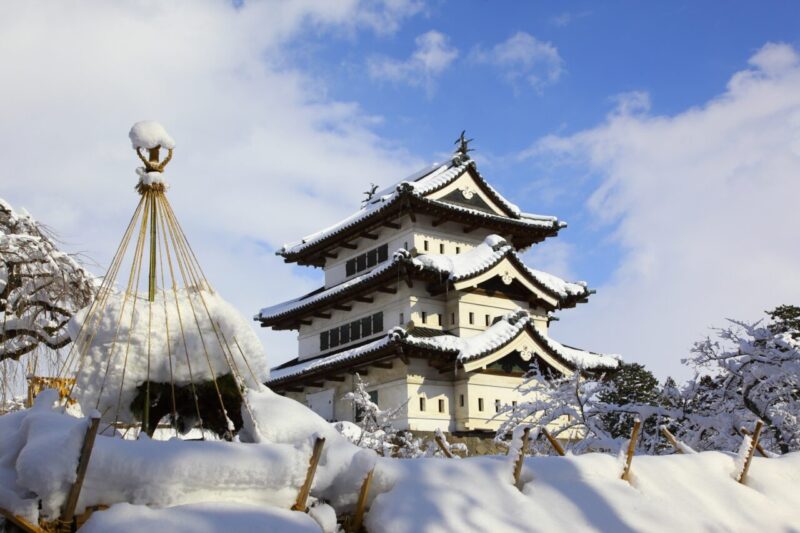
As was the case in most of the Tohoku domains, the Tsugaru domain was divided in opinion as to whether to join the government army or the Oshu-Uetsu Alliance, with the domain divided between those who supported the Imperial faction and those who supported the Alliance of the Feudal Lords
In January 1861, following an order from the new government to attack Shonai, the clan sent troops to support the government along with the Kubota clan, but was defeated by the Shonai clan
Afterwards, the Hirosaki Domain strengthened the defenses of its territory by blocking Yatate Pass, which marked the border with the Kubota Domain, and maintained its neutrality by driving away Sawa Tamekatsu, Deputy Governor of the Oshu Pacification Headquarters, and others who had tried to persuade the Domain to join the government army
Withdrawal from the Oshu-Uetsu Alliance
In July, the Kubota clan killed an emissary from the Sendai clan, and along with the Shinjo clan, Honjo clan, Yajima clan, and Kameda clan (which was later forced to join the Alliance of the Satsuma and Choshu Clans), submitted to the new government and became official forces
The Hirosaki domain was then provided with the latest detailed information on the various factions in Kyoto by Nishidate Heima, the domain's caretaker in Kyoto, and the domain's opinion shifted significantly to loyalty to the emperor, siding with the new government
In August, the Hirosaki Domain sent reinforcements to the Kubota Domain to fight against the Shonai Domain. Although the domain did not become a battlefield, there were casualties among the domain's samurai and among the peasants and townspeople who had been mobilized as military laborers
The Noheji War, considered a "private war"
On September 20th, 1868 (lunar calendar), the Morioka Domain surrendered to the new government, which accepted the surrender the following day, the 22nd. However, on the following day, the 23rd, the combined forces of the Hirosaki Domain and Kuroishi Domain, which were on the side of the new government, invaded Noheji in the Morioka Domain
In the early hours of September 23rd on the lunar calendar, 180 soldiers from the Hirosaki and Kuroishi domains invaded the village of Umakado in Noheji, Morioka domain, and set it on fire.The Morioka domain soldiers were surprised by the surprise attack and retreated, while the Hirosaki and Kuroishi domain soldiers approached the Military Bureau, a military base in Noheji, Morioka domain
Eventually, reinforcements from the Morioka domain arrived, and the soldiers of the Hirosaki and Kuroishi domains, who were attacking eastward, lost sight of the rising sun and fell into confusion, forcing them to retreat with 29 men killed, including the commander
About the events after the Battle of Noheji
On October 2nd of the lunar calendar, the Morioka clan was summoned by the General Staff Office of the new government army in Tsugaru, and their chief retainer, Nitobe Tsutou, and others appeared. However, fearing that the Morioka clan would be held responsible, they pleaded for forgiveness
Afterwards, this war was considered a "private fight" unrelated to the Boshin War, and no disciplinary action was taken
Furthermore, the Hirosaki Domain offered to pay compensation to the village of Umamon, which had been set on fire, but the village headman, Kawamura Rokujiro, is said to have politely declined, saying, "If we accept this compensation, we will have to pay compensation if the Morioka Domain attacks the Kubota Domain."
Hirosaki Castle<Information>
- Name: Hirosaki Castle
- Address: 1 Shimoshiroganecho, Hirosaki City, Aomori Prefecture 036-8356
- URL: Hirosaki Park HP
Google Map
Kuroishi Domain, one with Hirosaki Domain
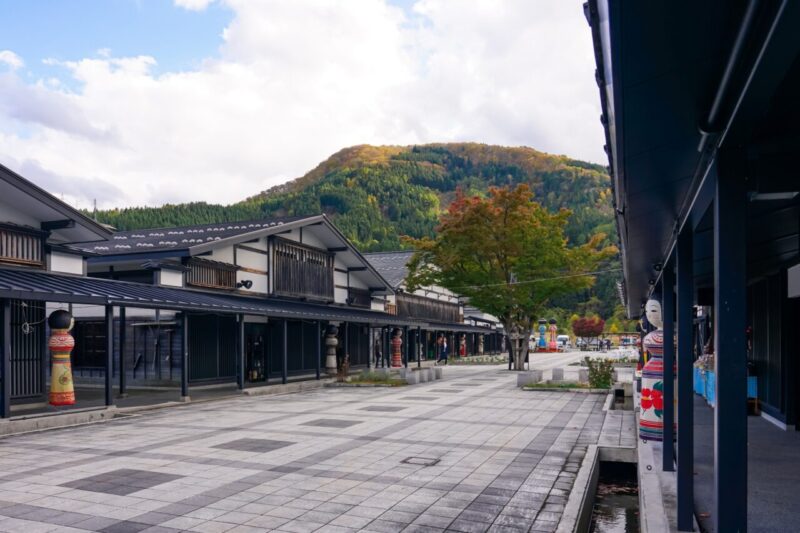
Although it was a branch domain of the Hirosaki domain, it had the status of 10,000 koku, and from 1809 the Kuroishi Tsugaru family was treated as an outside daimyo
During the Boshin War, the fourth lord of the domain, Tsugumichi, acted alongside the main branch of the Hirosaki domain
"Kuroishi Castle Ruins" Monument <Information>
- Name: “Kuroishi Castle” Monument
- Address: Uchimachi, Kuroishi City, Aomori Prefecture, 036-0306
- URL:ー
Google Map
The Hachinohe Domain, a Nanbu family but estranged from the main family
The second lord of the Nanbu Morioka Domain, Shigenao, who died of illness in 1664, had no legitimate son, and by order of the shogunate, the domain was divided between his two younger brothers, Shigenobu, who was given 80,000 koku of the Morioka Domain, and Naofusa, who was given 20,000 koku of the Hachinohe Domain
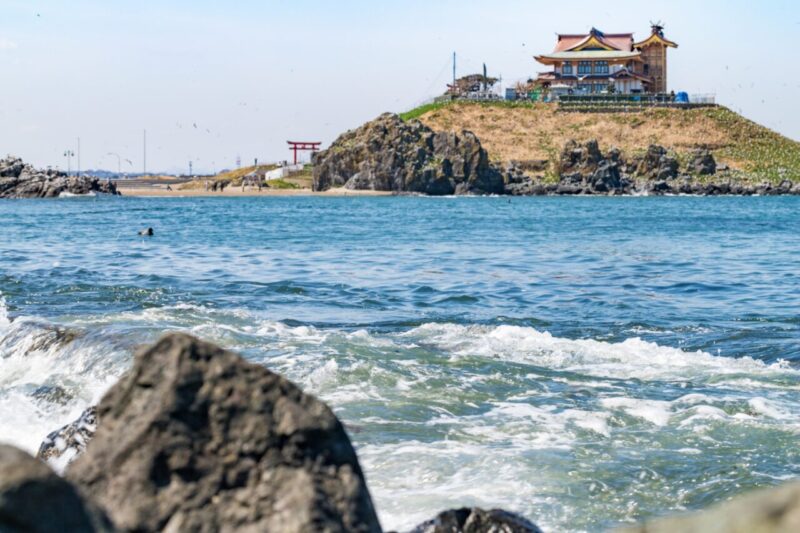
Because this was a ruling by the shogunate, the Hachinohe domain is treated as an independent daimyo rather than a branch domain
At the time of the Boshin War, the 9th lord of the domain, Nobuyuki, was an adopted son of the Shimazu clan, and was therefore seen as an enemy by both sides. However, Nobuyuki sent a chief retainer to the Alliance of the Satsuma and Choshu Clans and kept in contact with the Kubota clan, overcoming the difficult situation and ensuring the survival of the Hachinohe domain
Hachinohe Castle Ruins <Information>
- Name: Hachinohe Castle Ruins
- Address: Central Children's Hall, 1-1-1 Uchimaru, Hachinohe City, Aomori Prefecture, 031-0075
- URL: Hachinohe City website
Google Map
Shichinohe Domain (Morioka Shinden Domain), a branch domain of Morioka Domain
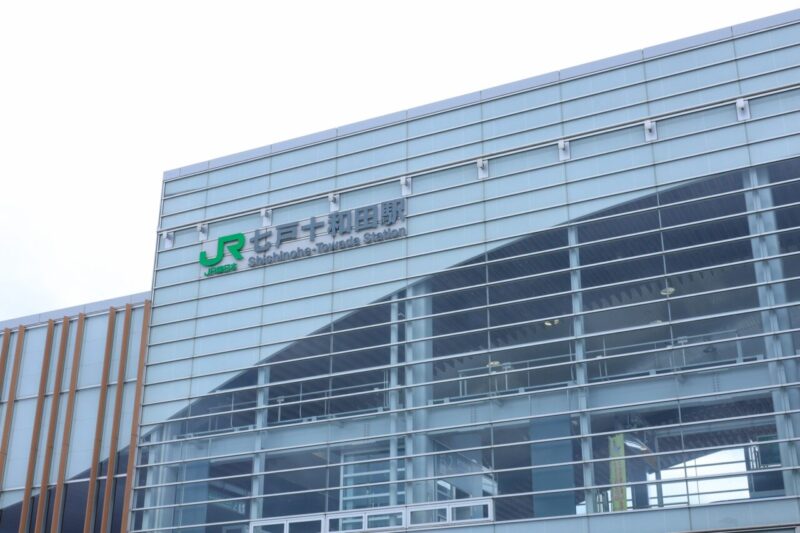
It was originally called Morioka Shinden Domain, and was established as a branch domain through the development of the Morioka Domain. The ruins of Shichinohe Castle remain near Shichinohe-Towada Station on the Tohoku Shinkansen
Shichinohe Castle Ruins <Information>
- Name: Historic Site Shichinohe Castle Ruins (Kashiwaba Castle Ruins)
- Address: 30 Shichinohe, Shichinohe-cho, Kamikita-gun, Aomori Prefecture, 039-2525
- URL: Aomori Prefecture website
Google Map
summary
While fierce battles were taking place in various parts of Tohoku, Aomori Prefecture remained peaceful. However, the entire Oshu-Uetsu Alliance surrendered, and the Morioka Domain also surrendered, after which the Battle of Noheji took place
There is a theory that the Noheji War was an attempt by the Tsugaru clan to appeal to the new government, but there is also a widely held belief that, given the friction between the two clans that had existed since the Sengoku period, they intended to use this opportunity to seize Noheji, the main trading port of the Morioka clan







